 | “Where the hell is the Tezos roadmap?” It gets asked sometimes in chat forums. People want to know. And usually a crusty crypto OG will answer something like, “There isn’t one newbie, duh!” (Seasoned crypto OG who knows that Tezos does not have a roadmap) Not having a roadmap may seem like a poor marketing decision. But Tezos is a decentralized project consisting of many different entities who all promote their own ideas about the direction in which the platform should develop. And no one knows for sure which ideas will see the light of day until it is put to an on-chain vote. But the lack of a roadmap goes farther than this really. It goes to the heart of what Tezos is as a project. You see Tezos was inspired by Nomic, defined by Wikipedia as: “A game in which changing the rules is a move. In that respect it differs from almost every other game.” Tezos, like Nomic, is built to change the rules — to evolve. (Note: To make a new rule in Tezos takes an 80% supermajority. So change does not happen Wily Nily. The bar is set high.) Evolution is change, and some change is good and some change is bad. An analogy is possible with civil engineering. A well known phrase by American’s most famous civil engineer Daniel Burnham is “make no little plans.” The full quote being: “Make no little plans; they have no magic to stir mens’ blood and probably themselves will not be realized. Make big plans; aim high in hope and work, remembering that a noble, logical diagram once recorded will never die” Inspirational stuff indeed! But how does it work in practice? We need look no farther than the USA because after the 1940s the USA pushed massive public works projects forward. The idea for these projects was to build everything at once — big ambitious literal roadmaps. And in the USA development still uses this idea in general: building out giant shopping malls, retails centers, and suburbia. (suburbia can be soul-crushing) Structures that make for great short term tax base boosts and speculative investments but the downside is that these areas are more prone to flooding due to all the asphalt, they do not get much bang for the tax dollar over the long term due to all the roads, sewers, and hydrants needed, and replacement costs are often higher than the total tax revenue — part of the reason for the ballooning USA national debt. Compare that to much of Europe where cities and towns were built out bit by bit over hundreds of years. The use cases that were needed were developed in response to the environment. And so you get fiscally affordable cities and towns that are more aesthetically pleasing, bikeable, and walkable. So to get back to crypto, yes, you could run a blockchain and say something like “We are going to bank everyone in Ethiopia!” (cough Cardano cough). That is certainly “make no little plans” in action. The sort of thing that makes for great excitement and speculation. However, there are probably thousands of things that need to go right first for that to happen in a meaningful way. So if not “grand plans” what makes Paris happen? What makes Cambridge England happen? Well we know that answer: Incremental building. (Adapting to the changing times and environment and building bit by bit.) And Tezos with its 3 month upgrade cadence adapts and incrementally builds more efficiently than anyone else in crypto. And that is a fact and you can take it to the bank and cash it. Tezos is like the Clint Eastwood of crypto — the badass chain that walks the walk before it talks the talk. So how has Tezos evolved so far? Genesis: the smart contracts launched with tez transactions and POS baking/staking commencing. Athens: completed a fully on-chain upgrade — a feat which still has not been matched in the crypto-sphere, also: increased the gas limit (it had been set artificially low because the network was new and unproven and (2) reducing the rollsize threshold to 8000 tez to make baking more accessible. (Note this upgrade was meant to prove the upgrade process worked, and it did. Flawlessly.) Babylon: As Jacob Arluck explained, “[Babylon] is about showing Tezos can upgrade constantly. It’s the first major upgrade of the network and enhances the consensus algorithm, expands smart contract functionality, and improves the governance mechanism itself.” (Notice that last part, “[improving] the governance mechanism itself.” A game of crypto Nomic in action!) Carthage: Described by Nomadic Labs as a“ housekeeping release…[which] contains exclusively fixes and small improvements across the board, the more relevant being a corrected formula for rewards.” Delphi: Described by Nomadic Labs as “[containing] a number of small bug fixes, but, more importantly, it makes substantial improvements to the performance of the Michelson interpreter and to the gas model, and thus dramatically improves gas costs. In addition, it reduces storage costs by a factor of 4 to reflect improvements in the underlying storage layer.” Edo: added Sapling (private smart contract capabilities, tickets (better smart contract design capabilites), and it also upgraded the upgrade process itself (adding Adoption Period). Florence: Increased the operation size to enable bigger smart contract execution, conducted gas optimizations which improved performance over 35%, improved smart contract development ease of use, and once again upgraded the upgrade process itself with improvements to the amendment procedures. Granada: Granada decreased gas consumed by a factor of three to six (an average reduction of approximately 50 percent) in the execution of already deployed contracts. For some contracts, the improvement has been almost a factor of eight. This reduction in gas consumption will enable developers to deploy richer, more complex, and more dynamic applications on Tezos at reasonable, real-world cost. Granada proposes to replace the current Tezos consensus algorithm Emmy+ with Emmy\. Emmy* stands to halve the time between blocks, from 60 seconds to 30 seconds, and allow transactions to achieve significantly faster finality than under the current consensus algorithm. Additionally, Granada introduces liquidity baking to the Tezos ecosystem.* Rational Person: “Well if Tezos has done all this great building and iterative improvement of the baselayer — building a fast cheap decentralized chain in the process (one capable of being run on a raspberry pi) then why hasn’t it kept up with the Joneses in terms of market cap? Surely the market must know something” To which I would answer that even Sir Isaac Newton once stated, “I can predict the movement of heavenly bodies, but not the madness of crowds.” Tezos is the real deal and it continues to evolve at an increasingly rapid rate — which is not surprising considering that as we just discussed it was built for the very purpose of evolution. In terms of upgrading efficiently, how does Tezos on-chain governance compare to off-chain governance? The biggest and most well known off-chain governance chains are Bitcoin and Ethereum. Bitcoin holds its slow moving change as a badge of honor so they would be a poor comparison. So let’s look at Ethereum. I think an illustrative example would be to compare the most contentious suggested upgrade on each chain. For Ethereum that would be 1559 and for Tezos that would be liquidity baking. https://midl-dev.medium.com/liquidity-baking-in-granadanet-how-it-works-e60c82bee6f1 (I am obviously ignoring the Ethereum DAO debacle as that led to a chain split.) Vitalik Buterin first introduced the idea of EIP 1559 in 2018. Arthur Breitman introduced the idea of liquidity baking in 2020. Ethereum 1559 will burn some of each tx fee. Tezos liquidity baking will take a small amount of each block reward to use for a protocol level constant product market maker. 1559 will make fees more predictable and it has great narrative appeal for the moneyness of ETH as it will at times make ether deflationary. Liquidity Baking will bring more liquidity to the baselayer currency of Tezos and it has great narrative appeal as it continues to highlight the ability of Tezos to innovate. Coincidentally Ethereum EIP 1559 goes live on August 4th, 2021 and Tezos liquidity baking goes live on August 5th, 2021. And while both 1559 and Liquidity Baking were very popular with their respective communities, 1559 took almost 3 years from conception to release compared to liquidity baking’s less than 1 year. What gives? The vocal minority. No matter how popular an idea there is always a vocal minority, and they usually punch harder than their weight-class because they know they are outgunned. If you have a formal on-chain system for taking votes the vocal minority is not a problem. But if you have no such on-chain vote taking system then the vocal minority can turn into a real drag. In the case of 1559 it was mostly the miners with some Twitter folk thrown in for good measure. Once that vocal minority starts articulating their concerns you no longer have consensus and everything slows to a crawl. Compare that to Tezos — the debates occur, but then the vote is taken (and as mentioned prior that vote needs an 80% supermajority). The process is clear. Opponents of on-chain governance claim that it can lead to cartels and centralization. Opponents of off-chain governance claim that it can lead to cartels and centralization. Each group has the same concerns but has come to a different conclusion on how to solve them. Which group is right? I think the jury is still out on that one. But I also think we have some evidence that on-chain governance, at the least, allows decision making to occur in a more organized and efficient fashion. Rational Person, “Well you have piqued my interest in Tezos but I am still not sold on this whole incremental building thing. I need a grand vision. I need something to release the good old animal spirits.” To which I would reply, “Well try this on for size buckaroo. In the update after Granada, coming in approximately November Tezos will in all likelihood upgrade to Tenderbake.” Rational Person, “And I am supposed to know what that is?” Me: “Here is the skinny: Fast finality — finality will occur in the same block — and shorter blocktimes. Tx per second will increase too. And it is already at over 50 tx per second. Tenderbake could take it to 200 or even 1000 later in the year. That’s a grand crypto vision in my book.” Rational Person, “Yawn. Solana does multiples of that.” Me: “Solana is not decentralized. There may end up being a purpose for non-decentralized chains, but Solana and Tezos are not really competing. They are different things. Tezos is for applications that need censorship resistance. That is: need a blockchain. Also because Solana scales with hardware it will have bloat problems and hit limits.( https://docs.solana.com/running-validator/validator-reqs ) Tezos will scale with optimistic rollups perhaps built into the blockchain as a first class citizen and later with sharding. If successful, those things have higher upper limits than hardware in the end.” Rational Person, “Well what about Cardano? They will have smart contracts soon.” Me: “I thought you were supposed to be a rational person? Even if they get smart contracts tomorrow it will take at least a year until they are trusted and probably two to build tooling and everything else. Meanwhile Tezos will keep zooming ahead because it upgrades every 3 months.” Rational Person, “I read Algorand is the bomb.” Me: “I don’t know much about it. I heard they are going to have a supply cap which seems like a very bad idea. Also I can guarantee they have not been building out documentation and tooling like Tezos has been for the last 3 years. Tezos is ready to go. Everything is up and it is easy to build on.” Rational Person, “Then why isn’t anyone building on it?” “People are! In spades. Tezos contract calls are growing exponentially month over month. And new projects are being released all the time.” (More calls, but lower gas fee) Rational Person, “I don’t know I heard Polkadot is the next big thing.” “Well it should be at 20x the market cap of Tezos. But again Tezos has been building all this stuff out for years. If you want an alternative to Ethereum, Tezos is ready to go with smart contracts, private smart contract capabilities, functional on-chain governance, functional proof of stake, development grants, a lively community and so on. Polkadot still does not even have smart contracts. And if sharding works — and it is looking very much like it will — the Polkadot scaling solution will be subpar. And if Polkadot does succeed Tezos can co-exist because Polkadot is a bet on a multichain future. Also Gavin Wood the founder of Polkadot has acknowledged Tezos as having a good on-chain governance system.” Rational Person, “Well why wouldn’t anyone want to build on Ethereum?” Me: “Some people have concerns about the EVM. It is difficult to analyze. Tezos is much easier to formally verify because it has a high level virtual machine: the Michelson interpreter. So for institutional grade smart contracts it is top notch. Also some people build on Tezos because Ethereum still has not switched to proof of stake, so at this point Tezos is still more environmentally friendly. Also Tezos contains some functionalities that Ethereum does not and probably still will not have when it switches to proof of stake, such as the ability to trustlessly stake in defi while continuing to participate in defi. And finally Ethereum will in all likelihood never have on-chain governance and for some that is a deal-breaker.” Rational Person, “I don’t know this all sounds complicated. I think I will just go join the Dogecoin community.” (Disclosure: Not financial advice. Long ether and ether tokens, Long tez and tez tokens.) Thank You: Oyster Author: textrapper [link] [comments] |

You can get bonuses upto $100 FREE BONUS when you:
💰 Install these recommended apps:
💲 SocialGood - 100% Crypto Back on Everyday Shopping
💲 xPortal - The DeFi For The Next Billion
💲 CryptoTab Browser - Lightweight, fast, and ready to mine!
💰 Register on these recommended exchanges:
🟡 Binance🟡 Bitfinex🟡 Bitmart🟡 Bittrex🟡 Bitget
🟡 CoinEx🟡 Crypto.com🟡 Gate.io🟡 Huobi🟡 Kucoin.


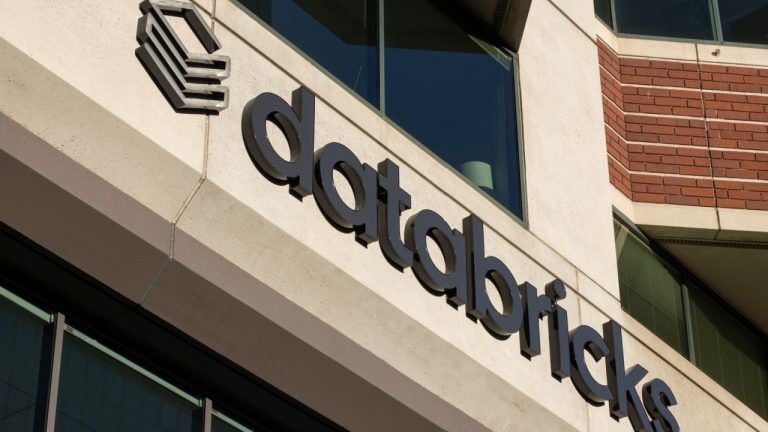

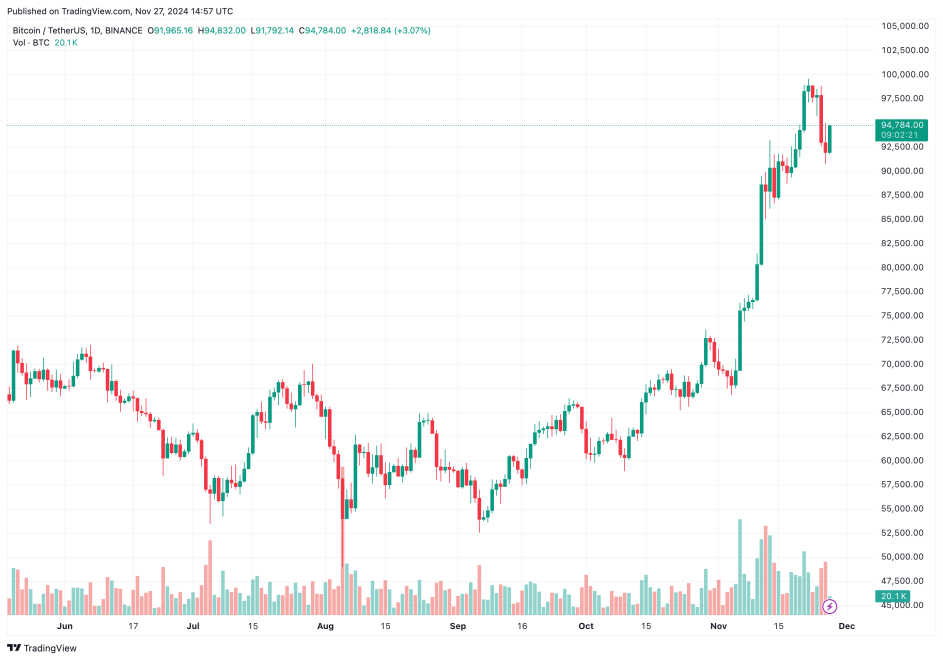




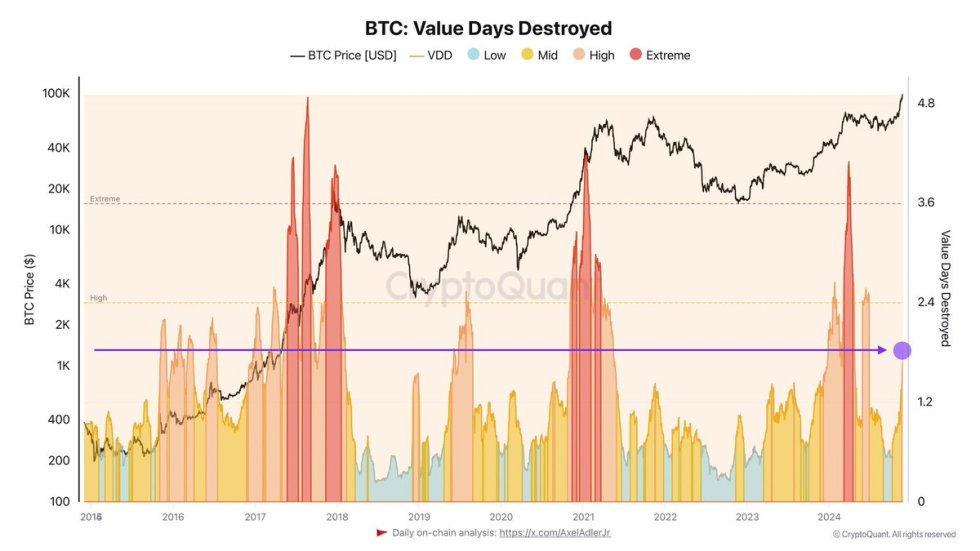
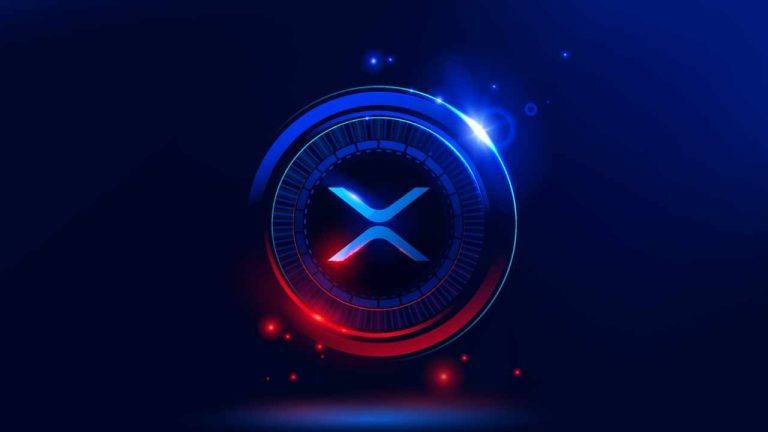


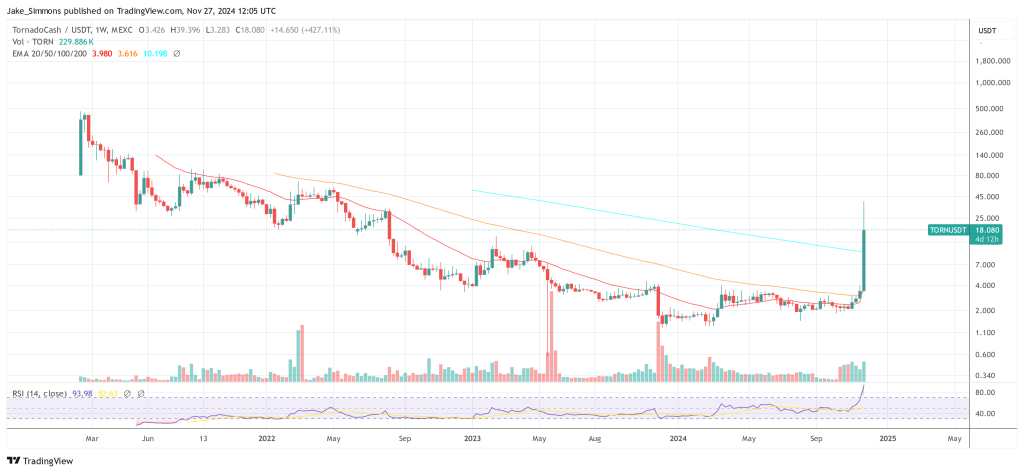

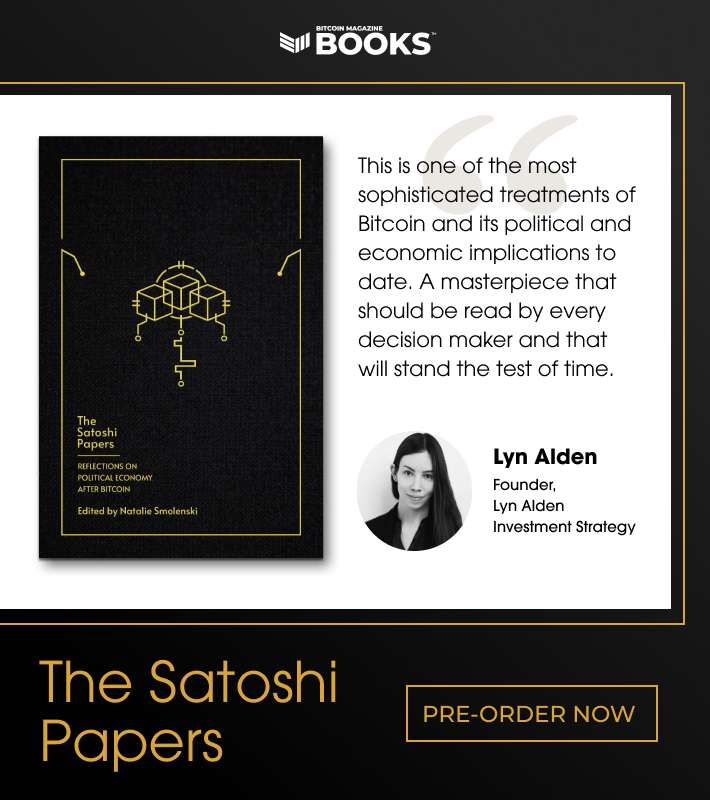


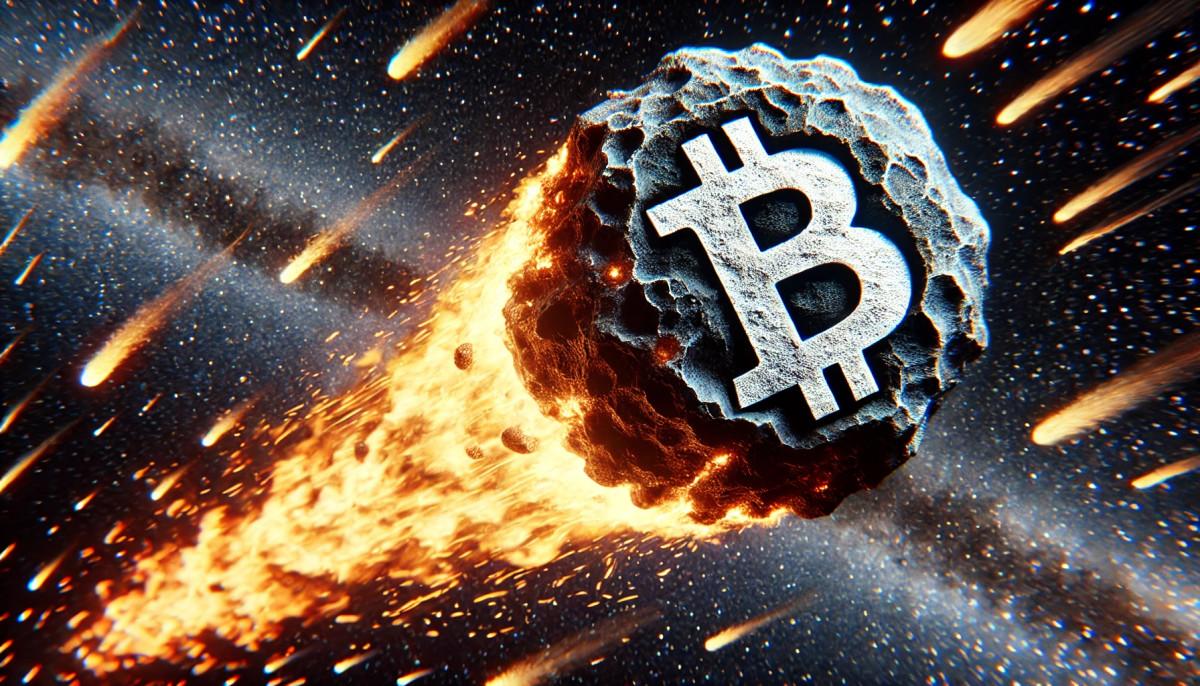
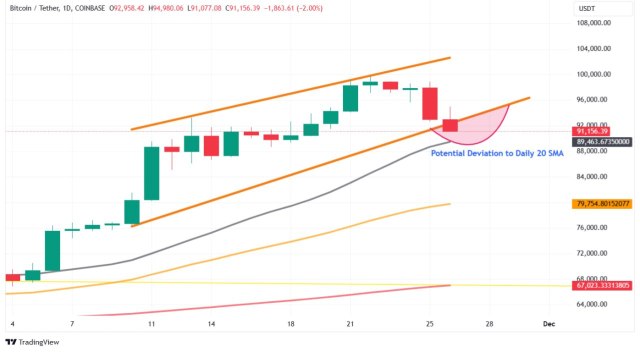
Comments